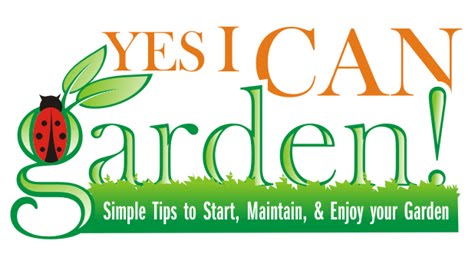
Home composting is one of the easiest and least expensive ways of providing your garden with a regular supply of rich organic material. Compost from decaying vegetables can improve both heavy clay soil and soil that is too sandy. It can also return nutrients to the soil, and help with aeration.
Add to the Compost Heap:
Grass clippings, dried grasses, and leaves
Kitchen waste—vegetable peelings, as well as fruit and vegetables that are overripe or beginning to rot; coffee grounds and egg shells
Avoid Adding to the Compost Heap:
Meats of all kinds, as well as nuts, since these attract animals to the compost heap
Perennial weeds—since seeds or roots may help the weeds spread to wherever the compost is used
Diseased plants
Thick, woody stems
Large items that have not been chopped up (the smaller the pieces, the better)
Compost Heap or Bin—System Choice and Placement
If you have the space for it, a heap or series of two or three heaps is probably ideal, since wire sides can be added above a solid base--this will help air to get at the decomposing material. In addition, each heap can be reserved for materials at a certain point in the composting process. Large heaps also mean that the system can take more than just kitchen scraps—including leaves raked and collected in the fall, and grass clippings in the summer and early fall.
Plastic bins are a good choice if there is no convenient and out of the way area to place a larger compost heap. The process at the centre of the heap will be the same—bacteria will help the vegetable matter decompose, and the centre of the heap, when functioning correctly, will actually become very hot. However, plastic bins usually hold less material, and have a tendency to become compacted, while the larger heaps are easier to turn with the help of a shovel or pitch fork. For either system, it is important to remember that all kitchen scraps should be cut into the smallest pieces possible, since this will help the process along.
Place the heap as far from the house or high-use outdoor areas as possible, since although the heap will not usually smell bad, the odour of rotting material may be more pronounced in hot weather, and flies do tend to congregate around the surface of the heap. Some gardeners build or put up structures around their compost heaps so they are not as visible; others choose bins, which are contained, and attract fewer insects. It is important not to place open heaps in areas that are particularly damp and shaded, since this may be detrimental to the proper functioning of the composting process.
Free clipart image courtesy of Wisconsin Department of Natural Resources.

No comments:
Post a Comment